Articles > Geography
Know Romania Largest Cities? Here are the top 25 to get you started.
1. Bucharest (Population: 1,716,961)
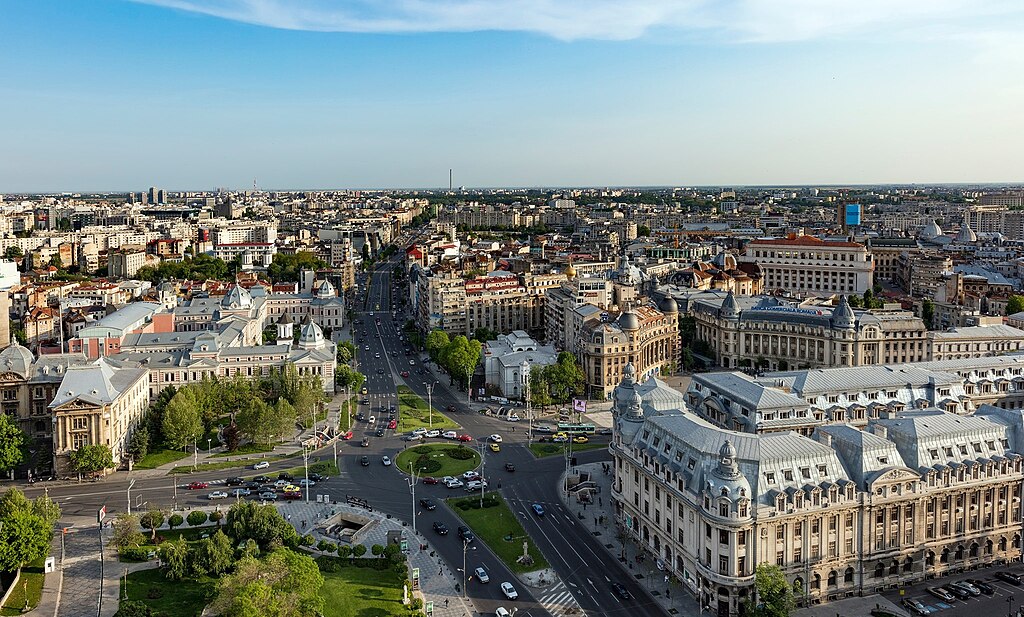
Bucharest, the capital and largest city of Romania, is the country’s political, cultural, and economic center. Known as “Little Paris” in the early 20th century for its grand boulevards and elegant architecture, the city blends historic charm with modern development. Landmarks include the colossal Palace of the Parliament, one of the largest administrative buildings in the world, and the vibrant Old Town with its lively cafes and nightlife. Today, Bucharest is a dynamic city experiencing rapid modernization while still preserving its diverse heritage.
Interesting Fact:
The Palace of the Parliament in Bucharest is the heaviest building in the world.
2. Cluj-Napoca (Population: 286,598)
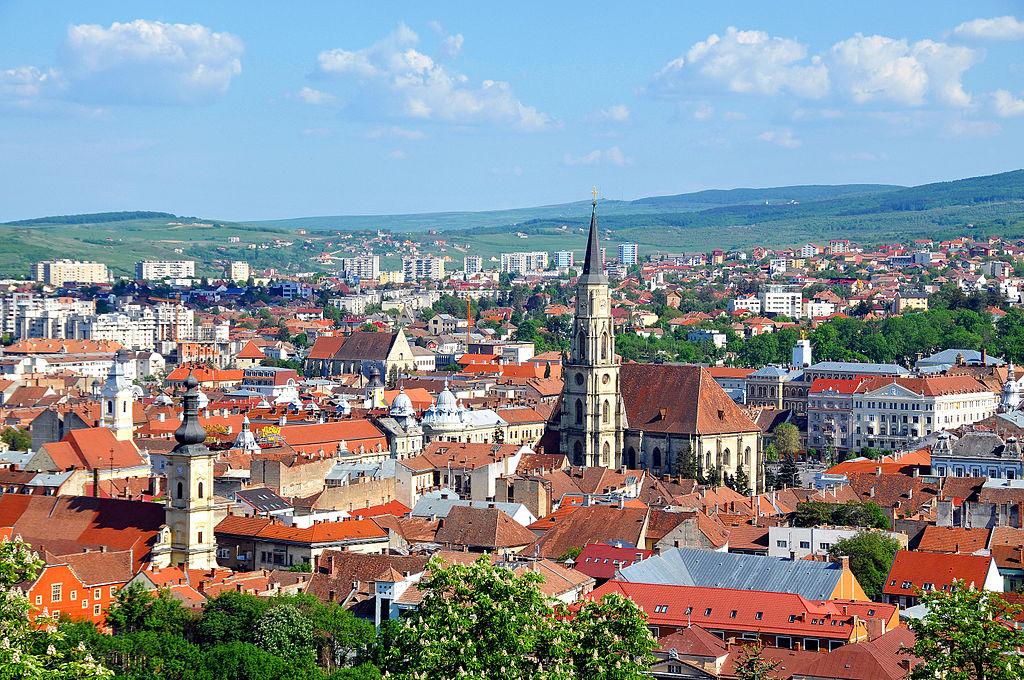
Cluj-Napoca, located in Transylvania, is Romania’s second-largest city and a thriving university and tech hub. Home to Babeș-Bolyai University, the city has a youthful energy, with a strong cultural scene of music festivals, art galleries, and theaters. Surrounded by the scenic Apuseni Mountains, Cluj combines natural beauty with urban vibrancy. It is also a gateway to Transylvanian history and legends, including castles and medieval towns nearby.
Interesting Fact:
Cluj hosts Untold Festival, one of Europe’s largest electronic music festivals.
3. Iași (Population: 271,692)
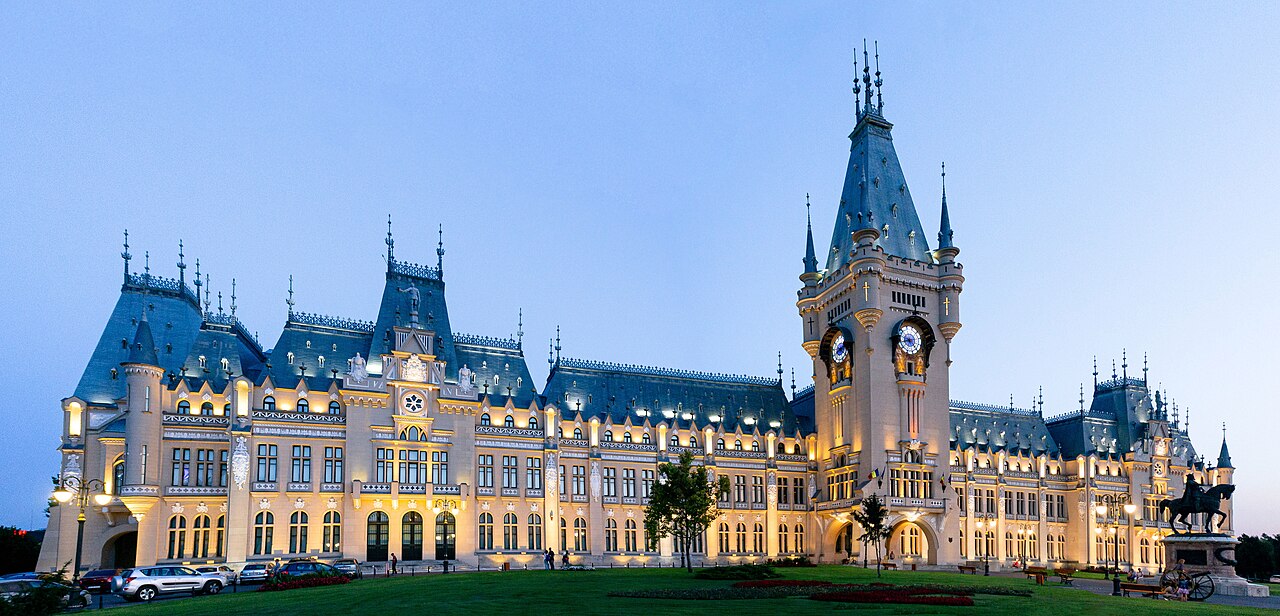
Iași, in northeastern Romania, is known as the cultural capital of the country. It was once the capital of Moldavia and remains an important historical and academic center. The city is famous for landmarks like the Palace of Culture, elegant churches, and the oldest university in Romania. With its rich literary and artistic traditions, Iași plays a central role in Romanian identity and continues to be a hub of culture and education.
Interesting Fact:
Iași is home to the oldest botanical garden in Romania, established in 1856.
4. Constanța (Population: 263,688)
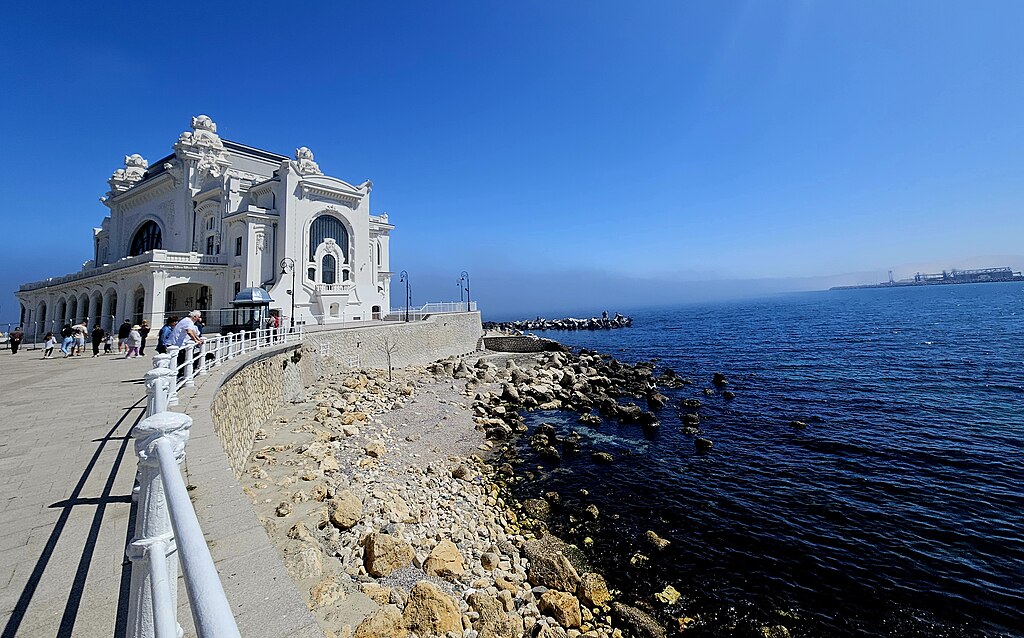
Constanța, located on the Black Sea coast, is Romania’s largest port and a popular seaside destination. Founded over 2,000 years ago as the Greek colony of Tomis, the city blends ancient heritage with modern resort culture. Landmarks include the Constanța Casino, the Roman mosaics, and nearby beaches of the Black Sea. Today, Constanța is both a vital economic hub and a top tourist destination for summer holidays.
Interesting Fact:
The poet Ovid was exiled to Constanța (ancient Tomis) by Emperor Augustus.
5. Timișoara (Population: 250,849)
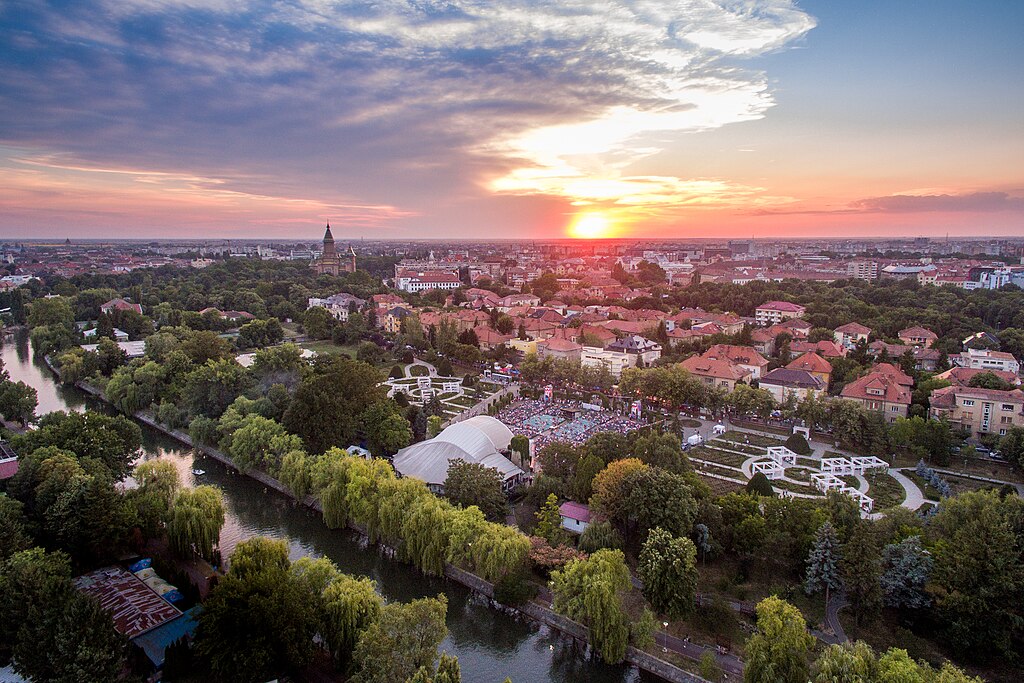
Timișoara, in western Romania, is often called the “Little Vienna” due to its Secessionist architecture and cultural life. It was the first city in Europe to introduce electric street lighting in 1884. Today, it is a thriving cultural and academic hub, with theaters, museums, and universities. Timișoara also played a central role in the 1989 Romanian Revolution, being the starting point of the uprising that overthrew communism.
Interesting Fact:
Timișoara will serve as a European Capital of Culture in 2023.
6. Brașov (Population: 237,589)
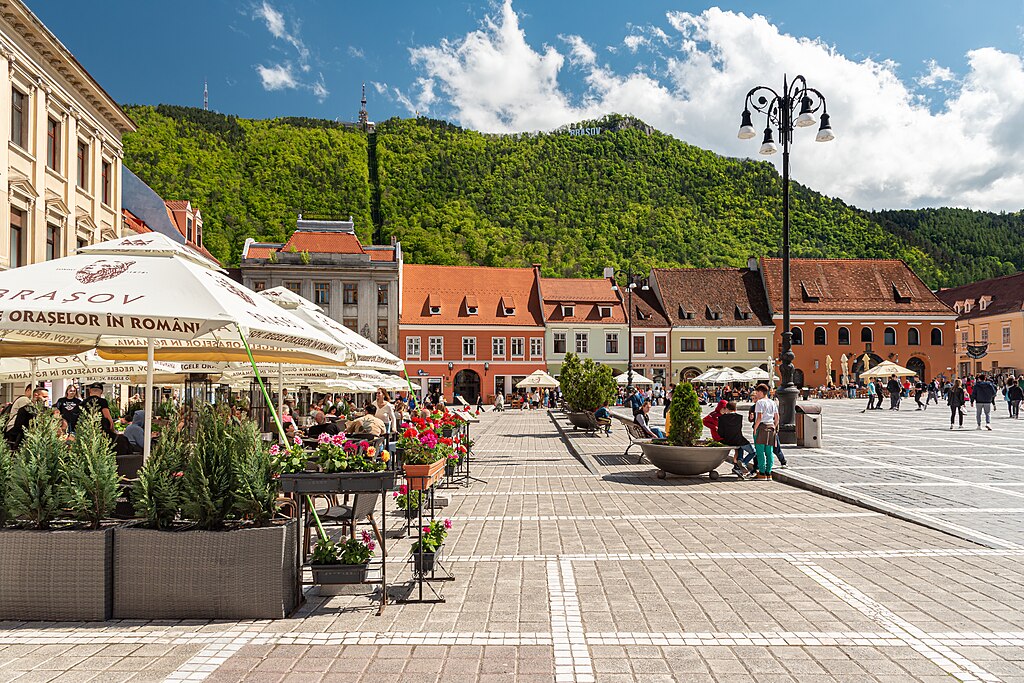
Brașov, located in the heart of Transylvania, is surrounded by the Carpathian Mountains. Known for its medieval old town, the Black Church, and proximity to Bran Castle (linked to the Dracula legend), Brașov is one of Romania’s most visited cities. With a blend of Saxon, Hungarian, and Romanian heritage, it offers a rich cultural experience. Its surrounding ski resorts and mountain trails make it popular year-round.
Interesting Fact:
Brașov is home to Rope Street, one of the narrowest streets in Europe.
7. Craiova (Population: 234,140)
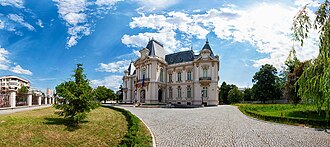
Craiova, in southern Romania, is an important economic and cultural center of Oltenia. The city has a strong industrial base, particularly in automotive manufacturing, while also being known for its theaters and museums. Craiova has a vibrant student population, with the University of Craiova adding energy to the city. Its parks, such as Nicolae Romanescu Park, are among the largest and most beautiful in Romania.
Interesting Fact:
Nicolae Romanescu Park in Craiova is one of the largest natural parks in Eastern Europe.
8. Galați (Population: 217,851)

Galați, located on the Danube River, is one of Romania’s major ports and shipbuilding centers. The city has a long maritime tradition and plays a key role in Romania’s economy. Galați is also known for its cultural institutions, including theaters and museums. Its location near the borders of Moldova and Ukraine gives it strategic importance as a gateway city.
Interesting Fact:
Galați hosts one of the largest steel plants in Romania, making it an industrial powerhouse.
9. Oradea (Population: 183,105)
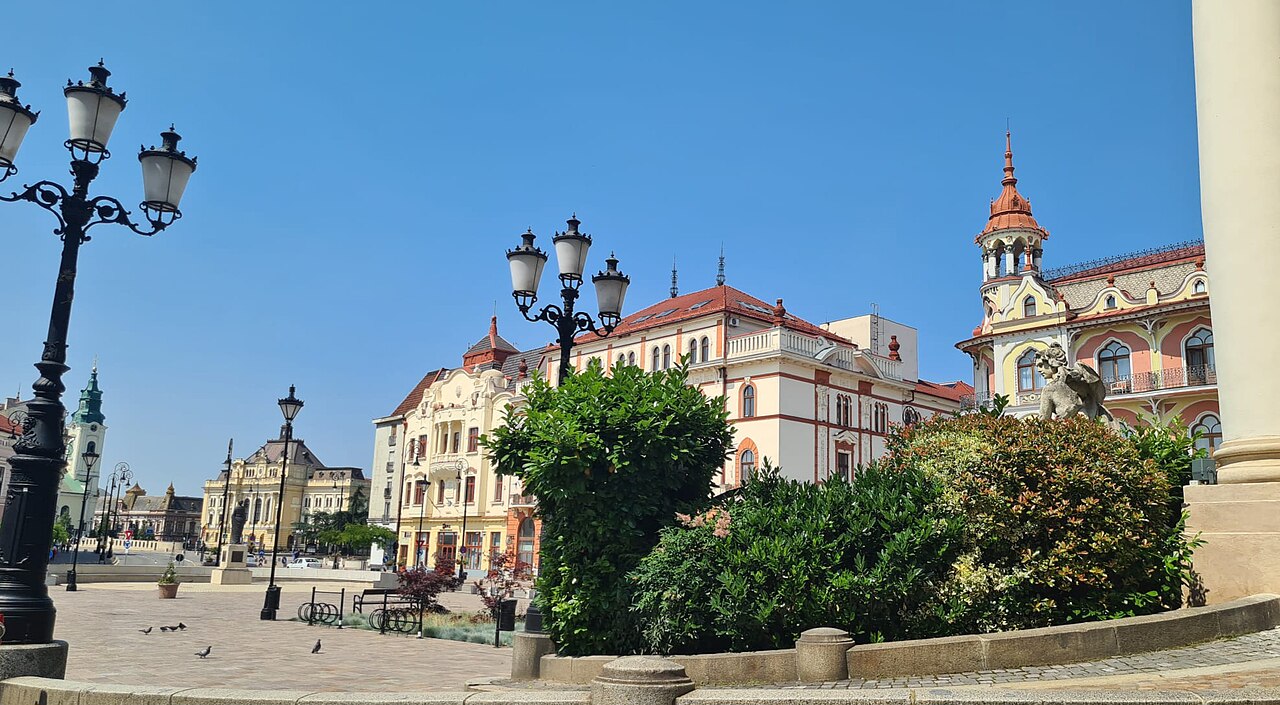
Oradea, near the Hungarian border, is known for its Art Nouveau architecture and thermal spas. Once part of the Austro-Hungarian Empire, the city retains strong Central European influences. Oradea has undergone significant restoration, turning its historic buildings and central squares into cultural attractions. Its location makes it both a gateway to Hungary and a vibrant Romanian city in its own right.
Interesting Fact:
Oradea’s historic center is part of the Art Nouveau European Route, showcasing its architectural gems.
10. Ploiești (Population: 180,540)
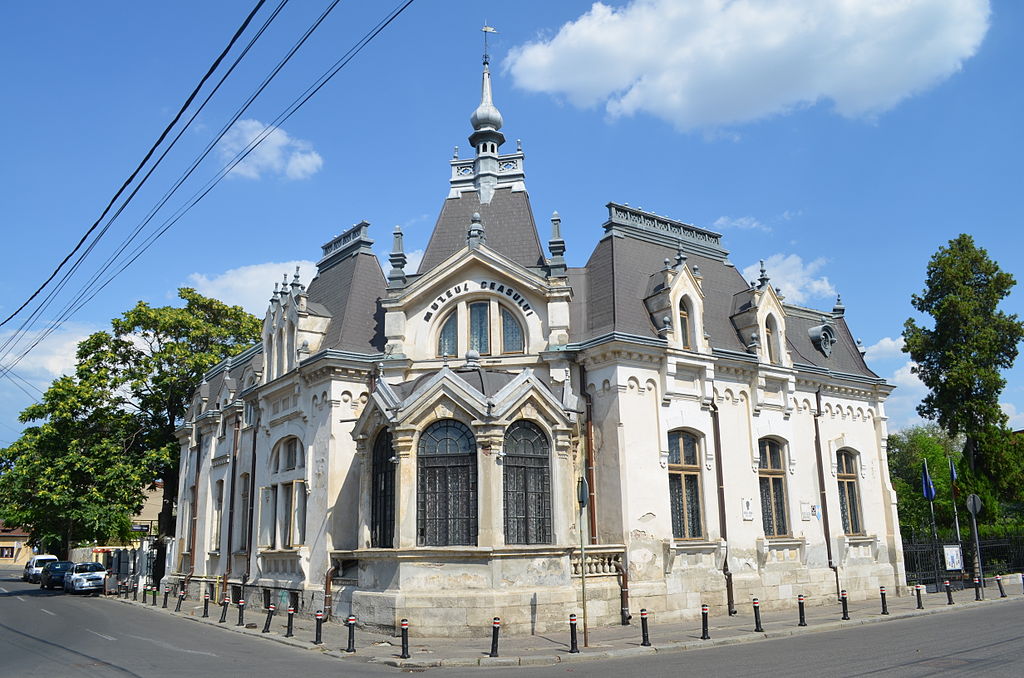
Ploiești, north of Bucharest, is historically associated with Romania’s oil industry. Once known as the “capital of black gold,” it became one of Europe’s key oil refining centers. During World War II, the city’s oil refineries were heavily targeted by Allied bombers. Today, Ploiești remains an important industrial city, while also offering cultural venues and modern development.
Interesting Fact:
Ploiești was one of the world’s earliest hubs of commercial oil production in the 19th century.
11. Brăila (Population: 154,686)
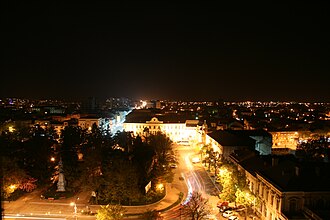
Brăila, located on the banks of the Danube River, is a historic port city with deep roots in trade and commerce. Its 19th-century prosperity is still reflected in the elegant architecture of its old town, featuring neoclassical and art nouveau styles. Today, Brăila remains an important shipping hub and cultural destination, with theaters, museums, and a lively riverside promenade. The city is also known for its diverse history, having been influenced by Greek, Turkish, and Romanian communities over the centuries.
Interesting Fact:
Brăila was one of Romania’s richest cities during the 19th century due to its thriving grain trade.
12. Arad (Population: 145,078)
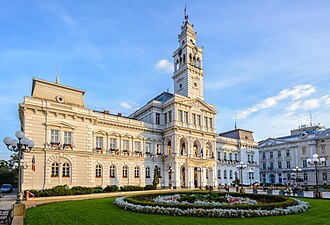
Arad, situated in western Romania near the Hungarian border, is a city with a strong industrial and cultural heritage. Known for its baroque and neoclassical architecture, Arad has historically been a key crossroads for Central European trade. It is also home to theaters, universities, and important historic monuments, including the impressive Arad Fortress. Its proximity to Hungary and strategic location make it both a cultural and commercial hub in the region.
Interesting Fact:
Arad’s theater is one of the oldest in Romania, dating back to the early 19th century.
13. Pitești (Population: 141,275)
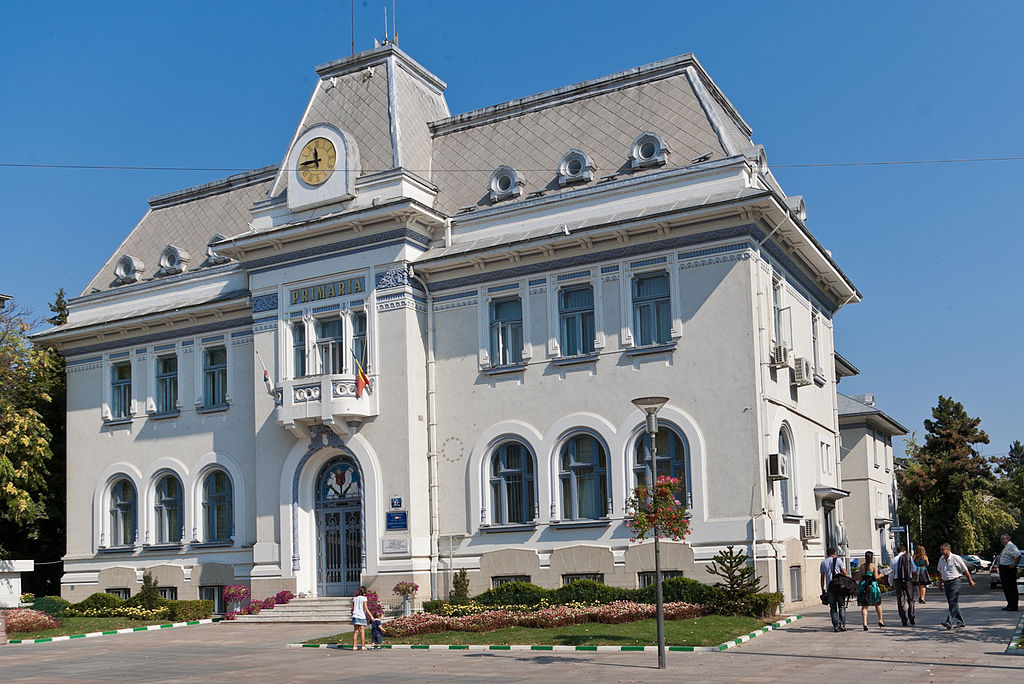
Pitești, located in southern Romania, is closely associated with Romania’s automotive industry, particularly as the home of the Dacia car manufacturing plant. The city also features lively cultural institutions, beautiful parks, and vibrant neighborhoods. Nestled along the Argeș River, Pitești is a dynamic blend of industry and urban life. It has played an important role in Romania’s industrial development in the modern era.
Interesting Fact:
Pitești is home to the Dacia automobile plant, one of Romania’s largest exporters.
14. Bacău (Population: 136,087)

Bacău, located in eastern Romania, is often referred to as the “City of Bacchus” due to its historical association with wine and vineyards. The city is an important cultural and industrial hub, with museums, theaters, and universities shaping its identity. Surrounded by rolling hills and forests, Bacău also serves as a gateway to the Carpathian Mountains. It continues to grow as both a cultural and educational center in Moldova.
Interesting Fact:
Bacău’s International Airport is named after Romanian aviation pioneer George Enescu.
15. Sibiu (Population: 134,309)

Sibiu, in Transylvania, is one of Romania’s most picturesque cities, with a well-preserved medieval old town. Once a Saxon stronghold, Sibiu is famous for its fortified walls, cobbled streets, and colorful houses with “eye-shaped” dormer windows. The city has a vibrant cultural life, hosting festivals, museums, and exhibitions. It gained international attention when it was designated a European Capital of Culture in 2007.
Interesting Fact:
Sibiu is known for its unique rooftops with windows that resemble watchful eyes.
16. Târgu Mureș (Population: 116,033)
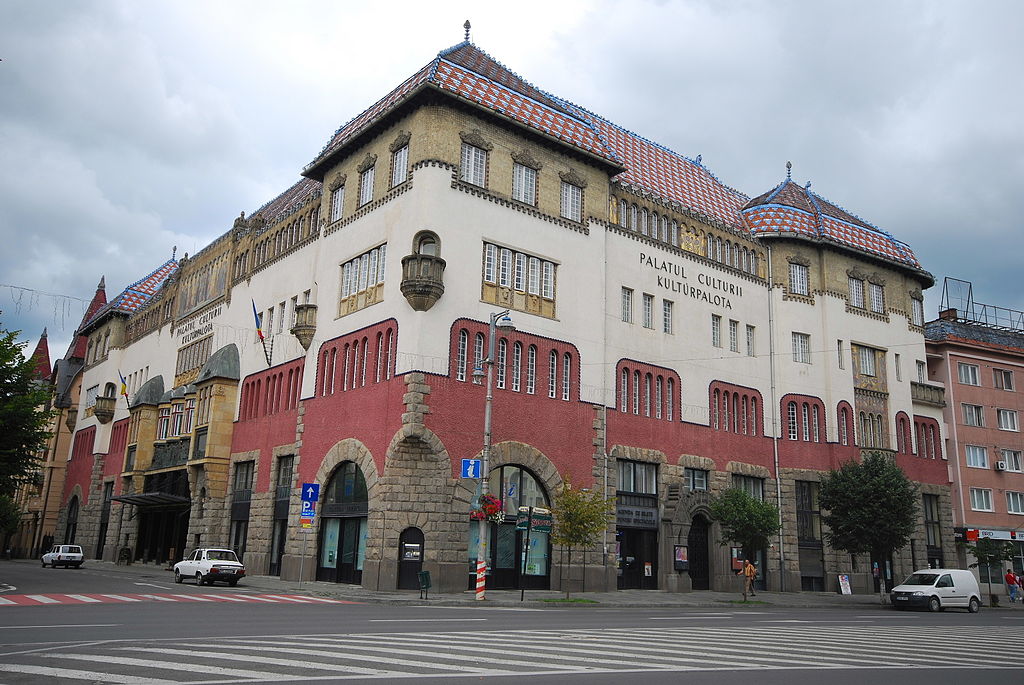
Târgu Mureș, in central Romania, is a multicultural city with strong Romanian and Hungarian influences. Its architectural landmarks include the beautiful Palace of Culture and numerous historic churches. The city also has a strong educational tradition, with several universities and medical schools. Its blend of cultural heritage and academic life makes it one of Romania’s most distinctive urban centers.
Interesting Fact:
Târgu Mureș is home to one of Romania’s most beautiful Art Nouveau buildings, the Palace of Culture.
17. Baia Mare (Population: 108,759)
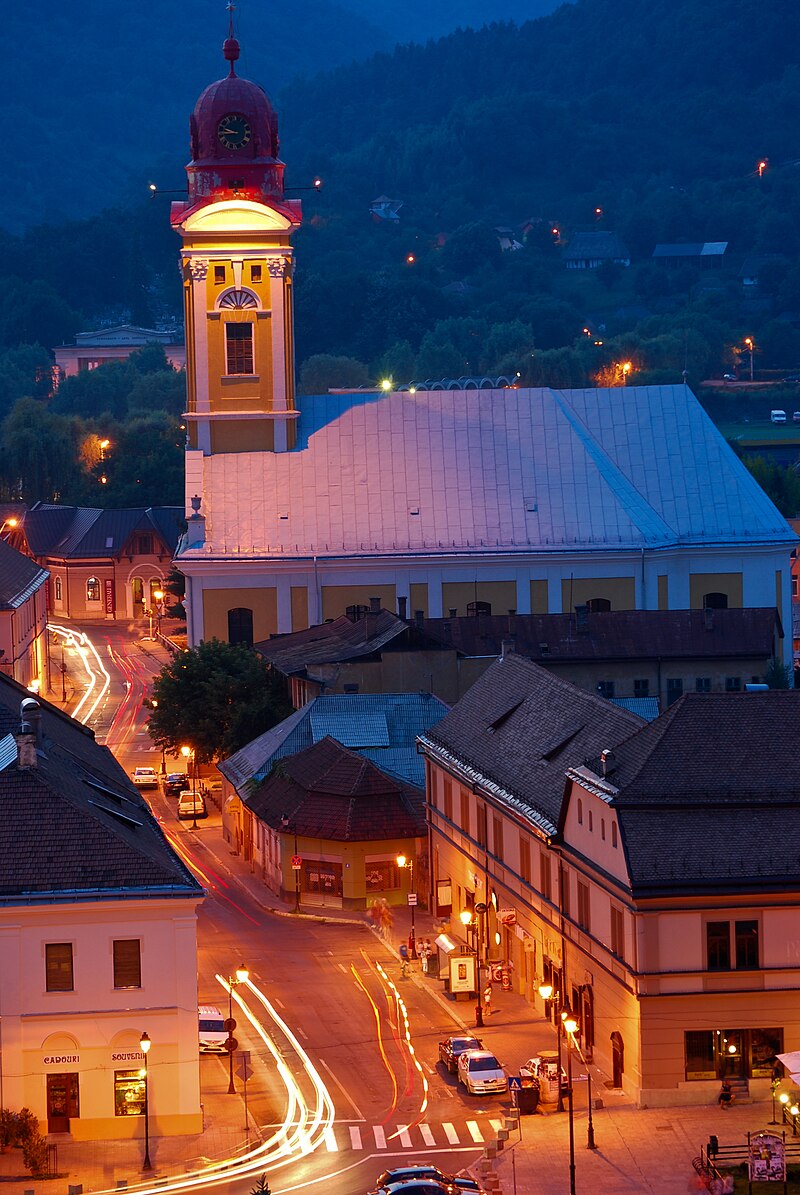
Baia Mare, located in northern Romania, has long been associated with mining, particularly gold and non-ferrous metals. The city is surrounded by the Maramureș region, famous for its wooden churches, folk traditions, and natural beauty. Baia Mare itself combines industrial history with cultural richness, featuring museums and galleries that celebrate both art and history. Today, it serves as a gateway to the unique heritage of Maramureș.
Interesting Fact:
Baia Mare is one of the oldest mining centers in Romania, dating back to medieval times.
18. Buzău (Population: 103,481)
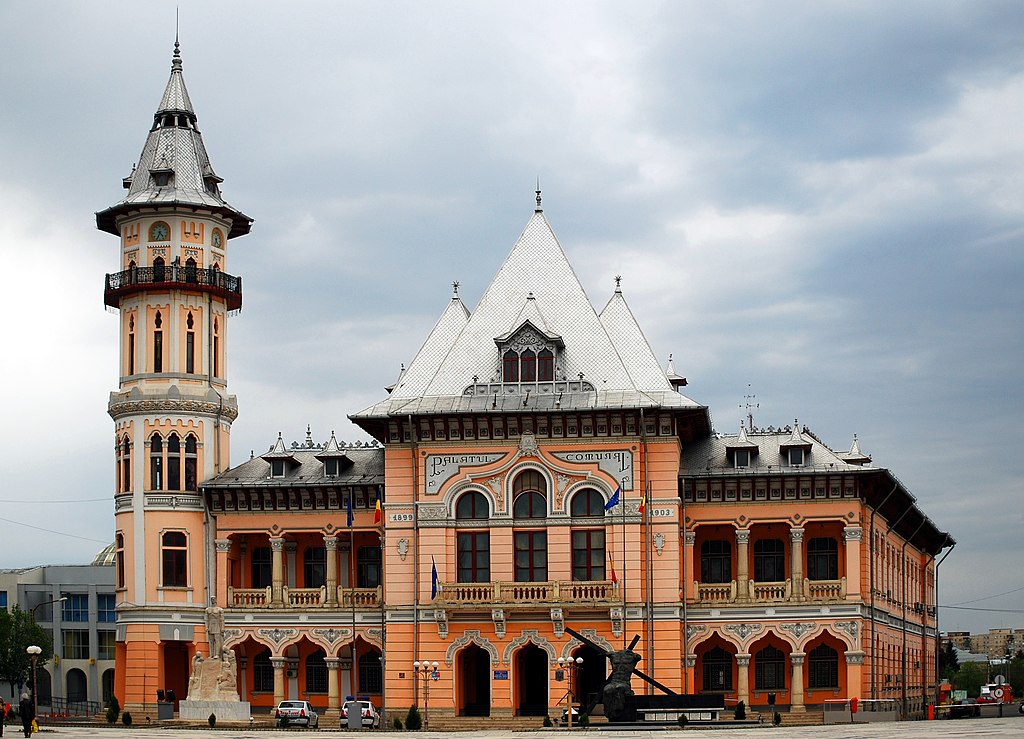
Buzău, in southeastern Romania, is known for its agricultural richness and natural attractions. The surrounding region features vineyards, hills, and unique geological formations such as the Berca Mud Volcanoes. Within the city, cultural life is shaped by theaters, museums, and a blend of traditional and modern Romanian influences. Buzău continues to grow as a regional hub with close connections to Bucharest.
Interesting Fact:
The Berca Mud Volcanoes near Buzău are a rare natural phenomenon, drawing international visitors.
19. Râmnicu Vâlcea (Population: 93,151)
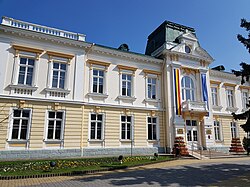
Râmnicu Vâlcea, located near the Southern Carpathians, is a city with a strong historical and cultural presence. Known as a center for Romanian printing in the 16th century, it also developed as an industrial town in the modern era. The city offers a combination of urban life and access to nearby spa resorts and mountain landscapes, making it appealing both for industry and tourism.
Interesting Fact:
Râmnicu Vâlcea is where the first Romanian printing press was established in 1508.
20. Satu Mare (Population: 91,520)
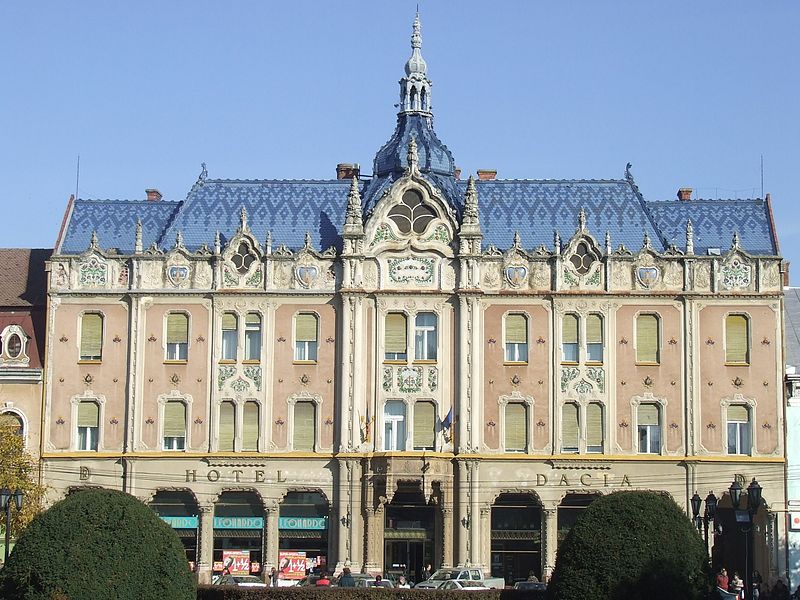
Satu Mare, located in northwestern Romania, is a multicultural city influenced by Romanian, Hungarian, and German traditions. Its historic center features elegant architecture, including palaces and churches. The city is also an important industrial and commercial hub, with a diverse economy that supports the surrounding region. Satu Mare’s cultural life reflects its unique blend of traditions and communities.
Interesting Fact:
Satu Mare is home to one of the tallest administrative buildings in Romania, the 97-meter Prefecture Tower.
21. Botoșani (Population: 90,010)
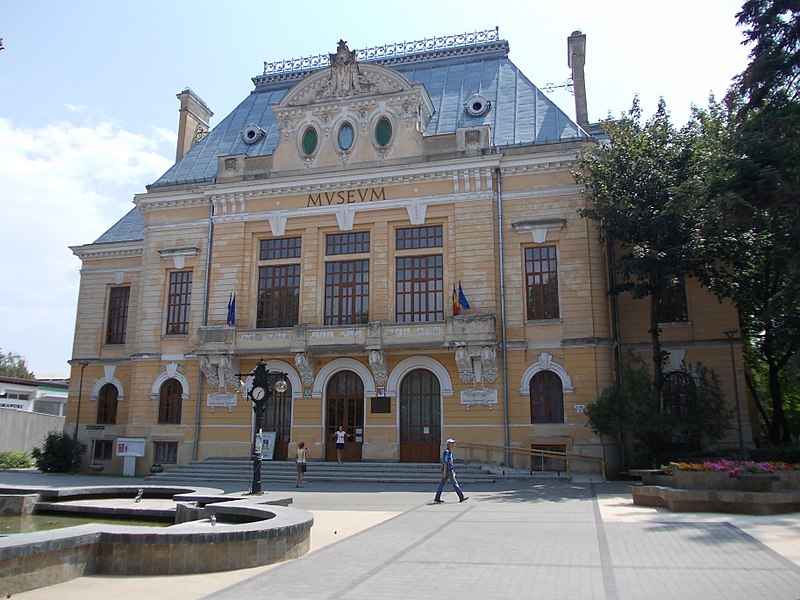
Botoșani, in northeastern Romania, is a historic city known for its cultural contributions, particularly in literature and the arts. It is the birthplace of several famous Romanian poets and writers, including Mihai Eminescu. The city also has historic churches, museums, and a strong educational tradition. Today, Botoșani balances its cultural heritage with modern development.
Interesting Fact:
Romania’s national poet, Mihai Eminescu, was born in Botoșani.
22. Suceava (Population: 84,322)
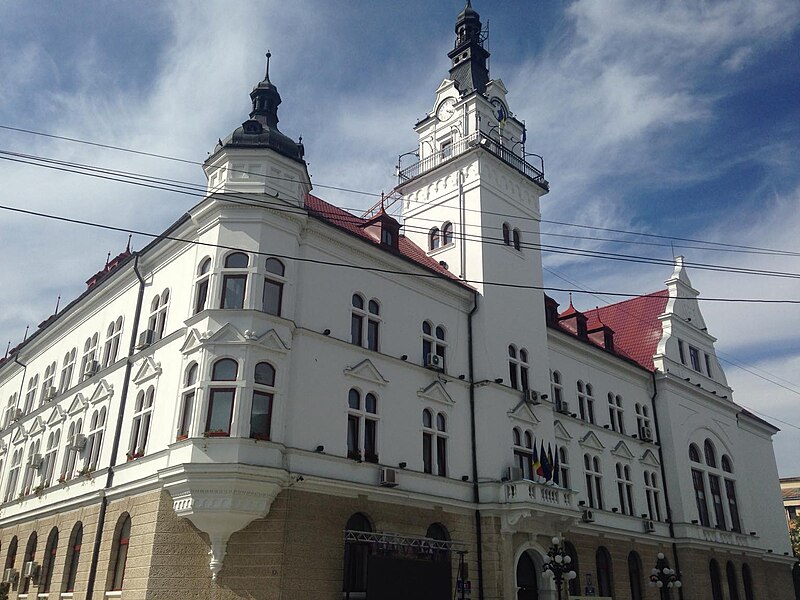
Suceava, in northern Romania, was once the capital of the medieval Principality of Moldavia. The city is surrounded by historic monasteries, many of which are UNESCO World Heritage Sites. Suceava itself features museums and historic fortresses that reflect its importance in Romanian history. Today, it is both a cultural and tourist hub, attracting visitors interested in Romania’s medieval heritage.
Interesting Fact:
Suceava is near the famous painted monasteries of Bucovina, renowned worldwide for their frescoes.
23. Drobeta-Turnu Severin (Population: 79,865)
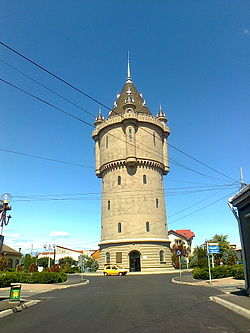
Drobeta-Turnu Severin, located on the Danube, has a history stretching back to Roman times when the Emperor Trajan built a massive bridge across the river. Today, the city combines historic landmarks such as Trajan’s Bridge remains with modern development. It remains an important port and industrial center while also attracting tourists to its scenic riverside and historical heritage.
Interesting Fact:
The remains of Trajan’s Bridge, one of the greatest engineering feats of antiquity, are near the city.
24. Piatra Neamț (Population: 79,679)
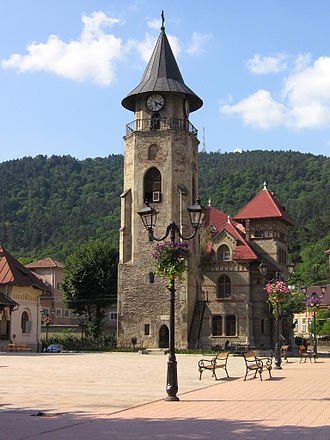
Piatra Neamț, located in the Carpathian Mountains, is known for its stunning natural scenery and historic landmarks. Often referred to as the “Pearl of Moldavia,” the city combines medieval churches, museums, and theaters with easy access to outdoor activities like hiking and skiing. Its mix of culture and natural beauty makes it a popular tourist destination in northeastern Romania.
Interesting Fact:
Piatra Neamț has one of the oldest continuously inhabited settlements in Romania, dating back to the Neolithic era.
25. Bistrița (Population: 78,877)
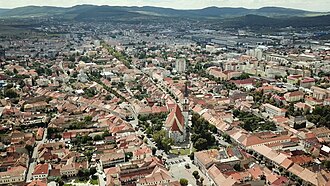
Bistrița, in northern Transylvania, is a charming medieval town with a well-preserved old center. It was once a Saxon settlement, and its Gothic-style church and historic streets reflect its Germanic heritage. Bistrița is also known in literature as a setting in Bram Stoker’s *Dracula*. Today, it attracts visitors with its history, culture, and proximity to the scenic Carpathians.
Interesting Fact:
Bistrița is mentioned in Bram Stoker’s novel *Dracula* as the place where Jonathan Harker begins his journey.




